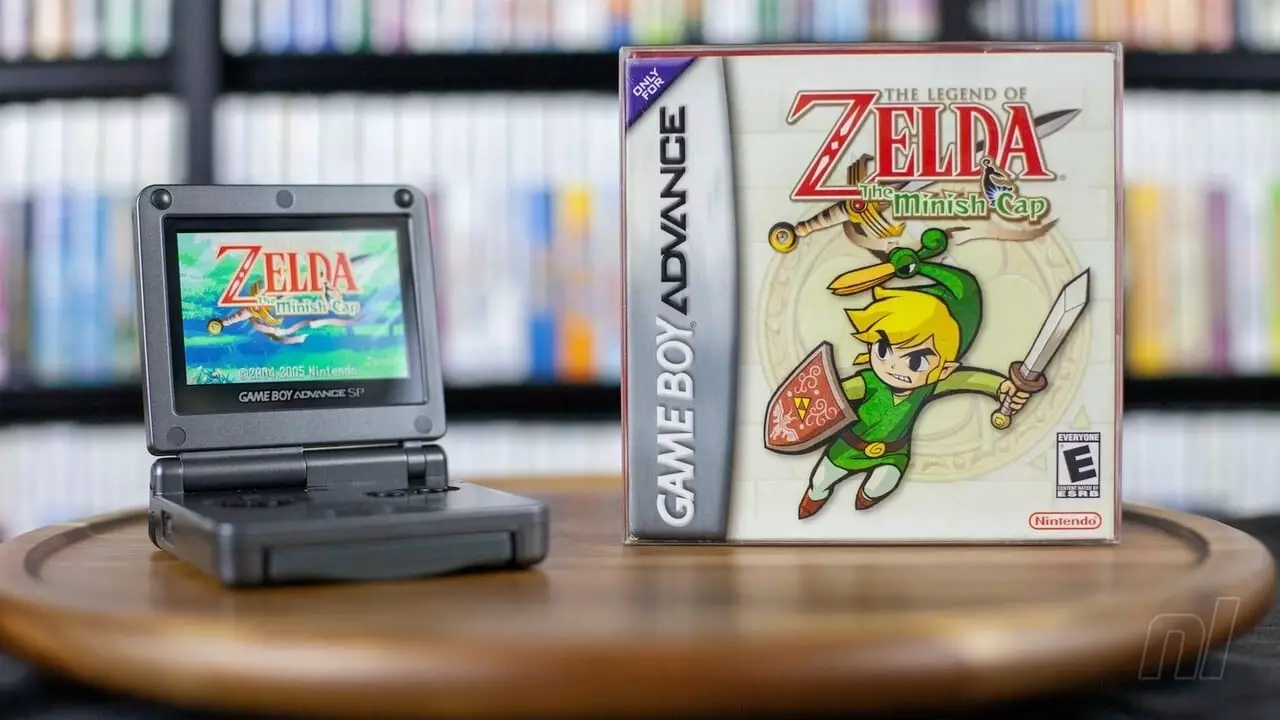The gaming landscape evolves at a breathtaking pace, often leaving beloved titles to fade into obscurity. However, some games defy this temporal decline, like “The Legend of Zelda: The Minish Cap,” which recently celebrated its 20th anniversary. This game, released for the Game Boy Advance on November 4, 2004, has proven to be a timeless gem in the beloved Zelda franchise, captivating players with its original art style, engaging gameplay mechanics, and quirky storyline.
To fully appreciate “The Minish Cap,” it’s essential to contextualize its release within the Zelda series. Developed by Capcom and Flagship, it was the third Zelda title they produced, following the Oracle games and the multiplayer experience of Four Swords. Interestingly, it was also the last Zelda title directed by Hidemaro Fujibayashi outside of Nintendo, marking a pivotal moment in the franchise’s history. With its release in Japan followed by North America and Europe, “The Minish Cap” set the stage for new interpretations of classic Zelda gameplay, infusing it with creativity and adventurous spirit.
One of the striking aspects of “The Minish Cap” is its uniqueness within the Zelda series. True, the franchise has a history of whimsical concepts—such as Link transforming into different forms or battling bizarre entities—but The Minish Cap takes this quirkiness to another level. The game’s premise revolves around Link acquiring a sentient talking hat that doesn’t merely adorn his head but shapes his journey. As he shrinks to acorn size through magical means, players are effortlessly ushered into a world where the mundane becomes fantastical.
Gameplay that Captivates
At its core, “The Minish Cap” offers equitable gameplay that balances exploration, puzzle-solving, and action. Players navigate beautifully designed pixel-art landscapes filled with charming landscapes and unique NPCs. While it may not have the expansive open worlds of modern titles, the game’s six dungeons are tightly constructed, ensuring a focused and enjoyable experience without the potential gameplay bloat that can accompany larger games.
The innovative “Kinstone” mechanic allows players to fuse items to create new elements in the game world, fostering creativity and curiosity. This system, while occasionally frustrating, provides a satisfying dimension to gameplay that rewards exploration and interaction with the environment. The charming art style, maintaining the beloved “Toon Link” aesthetic, breathes life into the characters and locations, enhancing the whimsical nature of the narrative.
A Legacy of Music and Art
The audio-visual elements of “The Minish Cap” play a monumental role in solidifying its legacy. The soundtrack, composed by Mitsuhiko Takano, is a splendid combination of catchy melodies and harmonious scores, elevating each moment in the game. From the moment players embark on their journey through Hyrule, they are greeted with infectious tunes that blend seamlessly with the game’s aesthetics.
Additionally, the pixel art has continued to resonate with fans long after its initial release. Even with the technological advancements in gaming graphics, “The Minish Cap” retains its visual allure. Moreover, the combination of colors and character design captures the playful essence of Zelda while pushing it into the top-down genre.
While it’s easy to celebrate “The Minish Cap” for its legacy, the gaming community vocally discusses its potential resurgence in newer formats. With recent remasters and adaptations of beloved titles, one can only imagine how an updated version of “The Minish Cap” would look and feel with modern graphics and quality-of-life enhancements. Although the original version stands strong as a classic, maintaining its accessibility on platforms like the Nintendo Switch Online + Expansion Pack, the call for a remaster remains.
As we mark 20 years since its debut, “The Legend of Zelda: The Minish Cap” remains one of the most cherished entries in the series. Its whimsical charm, engaging gameplay, and artistic elegance encapsulate the spirit of Nintendo’s gaming ethos. The legacy of this beloved title encapsulates a blend of nostalgia and happiness, proving that sometimes, the most magical adventures are found in the smallest packages.

